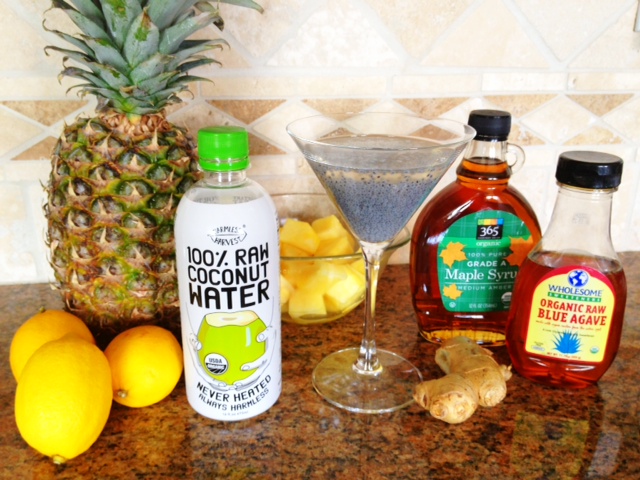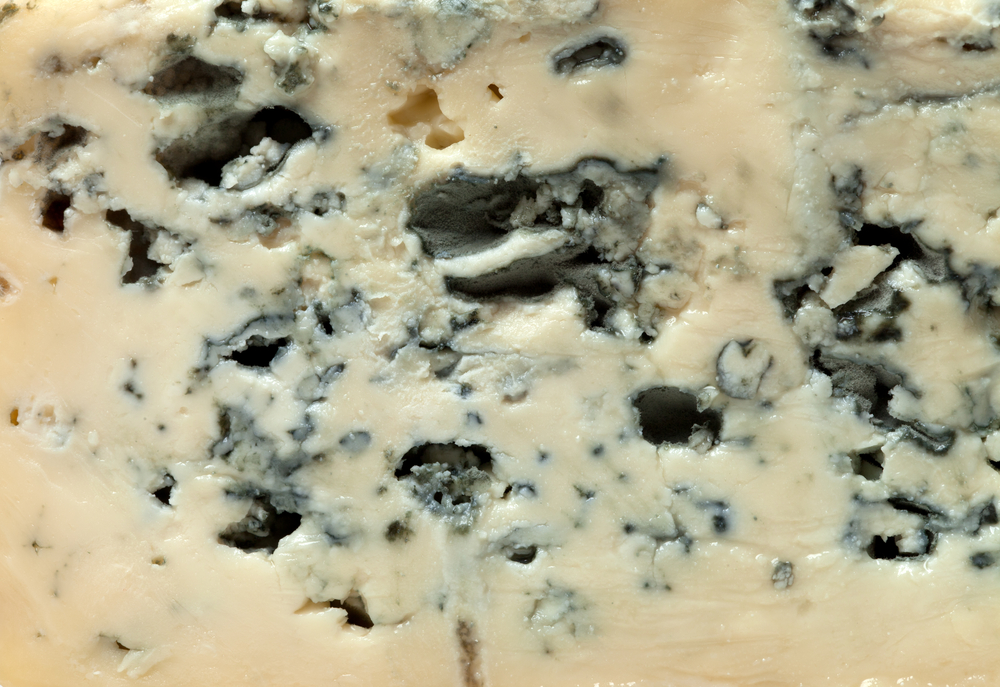5 Amazing Benefits of Basil (Sabja) Seeds
Why You Need to Add These Seeds to Your Diet!
There has been some dabble into the up and coming popular basil seeds (that resemble chia seeds), in that they may help control blood sugar in people with type 2 diabetes (according to the Sutter Gould Medical Foundation). Why is this so?
Basil seeds seem to help the controlling of blood sugar in test subjects, and in dieters, it has the potential to help reduce appetite and food cravings and to keep weight loss efforts on track. There are great claims that basil seed drinks help with weight loss, but lacking in sufficient research, these claims have yet to solidify just yet. In Asian countries, such as Thailand, basil seeds are made into a drink, and stores sell these drinks in cans.
The intact seeds, combined with water, sugar, honey and sometimes coconut milk, create a thick drink with a consistency similar to tapioca. The traditional recipes, however, are high in sugar. Also in Asia, it is the main ingredient in Italian cuisines.
Seeds provide concentrated nutrition and fiber. All the ingredients needed for plant germination are present in the seed, including carbohydrates, vitamins, minerals and fat. Many seeds provide nutrition, flavor and texture in a balanced diet, including poppy, sunflower, pumpkin and sesame seeds. Studies show that it provides a wide range of health benefits, from treating nausea to indigestion, diabetes, constipation, respiratory problems and so forth. There are additional health benefits people can get from adding basil seeds into their nutrition.
1. Aids in digestion
Basil seeds are commonly used to provide relief from stomach upset. Due to its carminative effects, it is effective for treating digestive disorders such as stomach cramps, flatulence, constipation, irregular bowel movements and indigestion.
2. Treats colds
Another benefit of basil seeds is that they also provide relief from influenza, fever and cold. Since it has antispasmodic effects, it can help treat whooping cough. In fact, tulsi is the main ingredient in many expectorants and cough syrups.
3. Helps respiratory disorders
The herb is useful in helping respiratory disease, according to recent studies. A mixture of the herb, with ginger and honey is a remedy for asthma, cough, cold, influenza and bronchitis. Simply boil it in a glass of water and consume it.
4. Stress reliever
Consumption of basil seeds has an uplifting effect on your mood and thus is beneficial for relieving mental fatigue, nervous tension, melancholy, depression and migraine. Due to its calming effect, it is commonly used for aromatherapy purposes, giving you clarity and mental strength.
5. Good for skin infections
Basil seeds are crushed into oil to help in treating infections such as wounds, cuts, bladder infections, skin infections and so forth.
There is no evidence whatsoever that basil seeds have undesirable side effects. However, you should consult your doctor before you consume them, especially if you are on medication.
Nutrition and Recipes
One canned basil seed drink sold in the United States contains 96 calories, 21 g carbohydrates, 21 g sugars and 2 g of fiber. Because of the swollen seeds and their fiber, the drink may curb hunger.
How to prepare basil seeds
Put 2 tsp. of basil seeds to 1/2 cup - 1 cup of warm water or liquid of your choice. If you want more concentrated of a flavor, drain excess water out after swelling the basil seeds with plain water. The warm water (not boiling) helps to fully swell the basil seeds, releasing antioxidants and digestive enzymes. Allow the mixture to stand for at least 2 minutes with the warm water/liquid to give the seeds time to absorb water and take on a gelatinous-tapioca like texture.
Types
Desserts, as well as frozen, canned and fresh drinks containing basil seeds, are available in parts of Asian and at restaurants and stores in the United States. Suppliers sell basil seeds by mail for making basil seed drinks. A Thai version of a basil seed drink uses seeds from sweet basil. Other types of basil seeds include hairy basil seeds, holy basil seeds, and Thai basil seeds.

Considerations
The gelatinous texture of the swollen basil seeds makes a filling drink, which could help to curb your appetite if you consume it before meals. Making your own basil seed drink with an alternative sweetener reduces the calories from sugar. Basil seeds also have the potential for creating a textured dessert, as an alternative to tapioca pudding—a treat on a calorie-restricted diet.
The most effective means of weight loss remains the basic strategy of burning off more calories than you consume. Basil seeds may help you to feel full on fewer calories. Tracking how much you eat and counting calories is the best way to stay on track. Insufficient scientific information is currently available with respect to the effect of basil seeds on weight loss.
Warning
Small children could choke on the swollen seeds. When I say choke, it is because if the seeds are not mixed with enough water, the mixture will be very clumpy. Because many people (especially children) do not chew when drinking a liquid, thick clumps or some-what-tapioca like seeds may cause a risk for swallowing. Basil seeds and basil seed drinks should be kept out of reach of children and supervised when consuming. Commercial basil seeds sold for gardening may be treated with pesticides and fungicides—these should not be used for drinks.
People with diabetes or hypoglycemia should avoid the heavily sugared traditional recipes. Alternative sweeteners, such as agave, raw stevia or a sweetener approved by your doctor provide options for creating a less sugary basil seed drink.
How to obtain basil seeds
Let the basil flower bloom, then wither and turn dry. If you look up from below, you will see tiny black seeds attached to the dry flower pods. Rembmer, wait until the flower is dried, then cut them out, put them in a plastic bag and shake it. The seeds will be nicely collected in the bag. If some of the seeds refuse to detach from the flower, it might mean that they are not fully matured.

